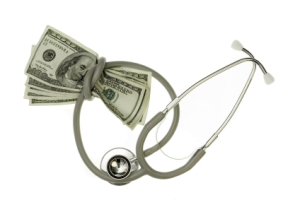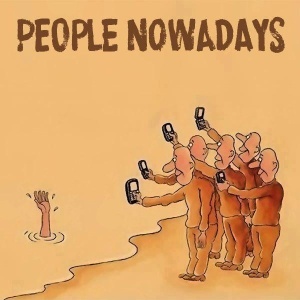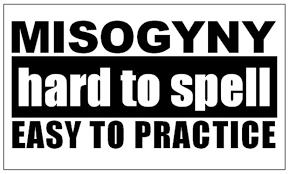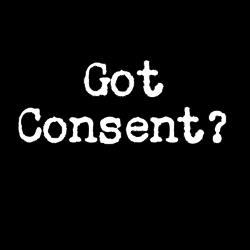When I was younger I had a very low self-esteem. I mean I absolutely hated how I looked, and at such a young age. I was teased at school for being dark skinned, with big bushy eye brows, and “nappy” coarse hair. My mom always reassured me that I w as beautiful both inside and out, but that was hard to believe when I was being picked on every day. In high school my esteem had a little boost. I started getting attention from boys, I was on the cheerleading team, and I even lost weight. I felt like I was on top of the world. Now, 11 years later, I see myself starting to have those thoughts I once had as a young girl. I need to get myself to a better place, a place where I am happy and I don’t think about whether or not one of my fat rolls are popping out of the bottom of my shirt. This is why I decided to talk about the importance of self-care.
as beautiful both inside and out, but that was hard to believe when I was being picked on every day. In high school my esteem had a little boost. I started getting attention from boys, I was on the cheerleading team, and I even lost weight. I felt like I was on top of the world. Now, 11 years later, I see myself starting to have those thoughts I once had as a young girl. I need to get myself to a better place, a place where I am happy and I don’t think about whether or not one of my fat rolls are popping out of the bottom of my shirt. This is why I decided to talk about the importance of self-care.
Lately, getting up in the morning and looking in the mirror has been tough. I am facing something I’ve never had to face before. I don’t like my body anymore. I weigh 50 pounds more than what I am comfortable with and I feel like a lard of fat. People always tell me I’m not fat or I’m I don’t look like I weigh 238 pounds but that doesn’t help me stop feeling the way that I do. I need to get back to my happy place. I’ve always told myself if I don’t like something then I need to change it. Although, I have been trying for years now to lose weight I will not give up or quit. I will stop having negative thoughts about myself and start loving myself again both inside and out. I will start to take care of myself. Caring for me is not self-indulgent, but it is a necessity to survive.
I am now making it a priority to always practice self-care so that I never lose my drive to help and inspire others. These are the 9 self-care essentials I use to add to my life because I want it to be better. Life in itself is stressful and it can easily tear people down. I now know what I tell myself everyday will either lift me up or tear me down. I promise myself to continue loving myself and to never give up on my pursuit to being a healthier happier me. You should to.





 The
The  This week, we celebrate the 20th anniversary of the
This week, we celebrate the 20th anniversary of the 